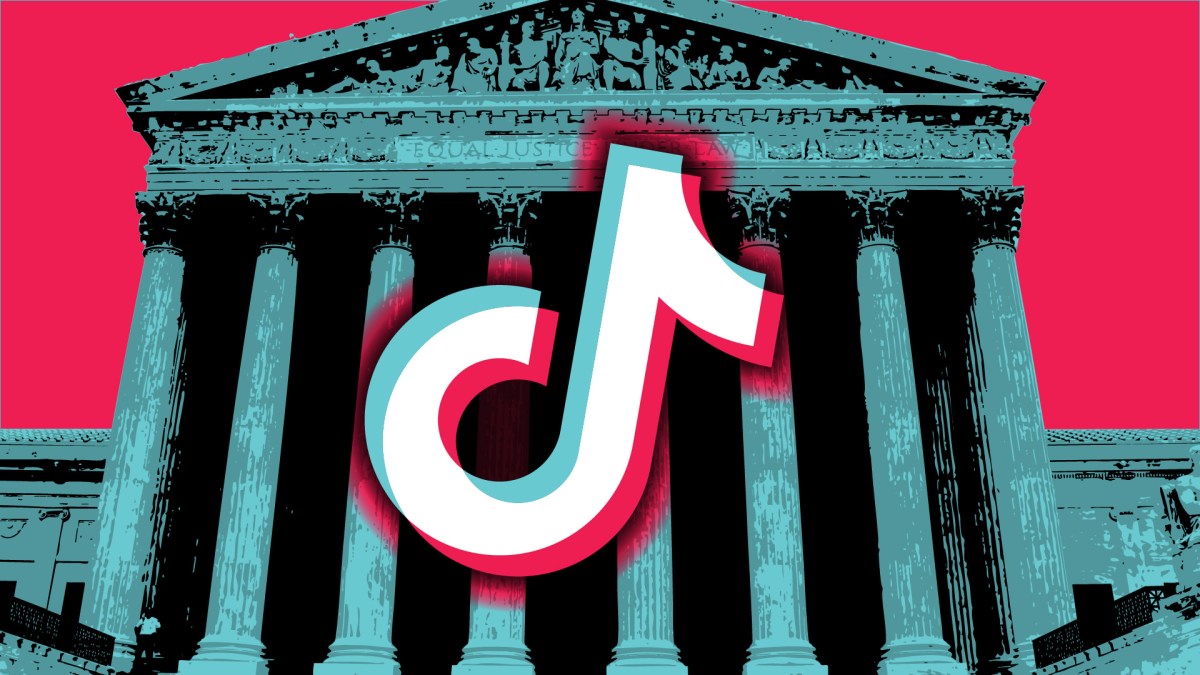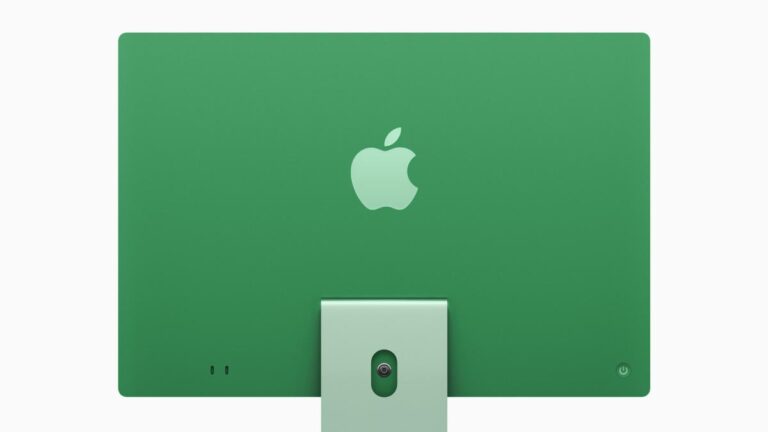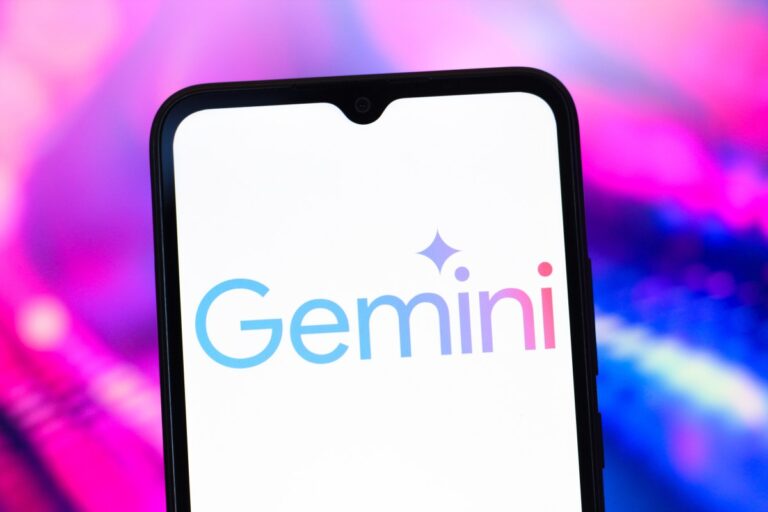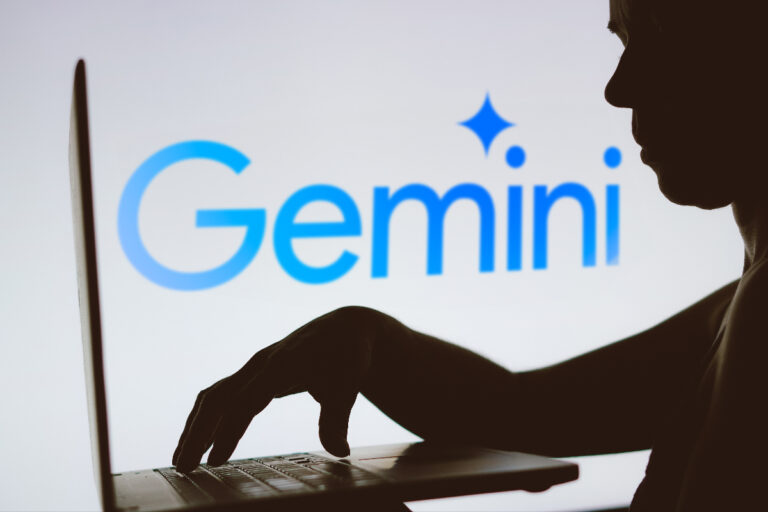Inside the TikTok Ban Debate: Supreme Court Showdown Reveals Key Arguments and Justices’ Questions
On Friday, the Supreme Court of the United States heard pivotal arguments that could determine the future of TikTok in the U.S. This case is centered around a law, signed by President Biden in April 2024, which could lead to an effective ban on the popular social media platform unless its parent company, ByteDance, divests its U.S. operations by January 19, 2024.
Key Arguments Presented in the Supreme Court
The session marked TikTok’s final attempt to challenge the impending ban, just nine days before the critical deadline. TikTok’s legal team emphasized that the platform is prepared to “go dark” if the Supreme Court does not intervene.
TikTok’s Case Against the Ban
Here are the main points made by TikTok’s lawyers:
- First Amendment Rights: The proposed ban could infringe on the First Amendment rights of TikTok users, limiting their ability to express themselves.
- Content-Based Law: The law specifically targets platforms that host user-generated content, which TikTok argues unfairly singles it out.
- Data Security Concerns: TikTok contends that the U.S. government’s data security claims are not substantial enough to warrant such extreme measures, especially since U.S. user data is stored on Oracle servers in Virginia.
- Feasibility of Divestment: TikTok asserts that divesting from ByteDance is not feasible within the given timeline, citing potential Chinese government restrictions on the export of its algorithm.
- Alternative Solutions: TikTok proposed less restrictive measures to address government concerns, such as implementing risk disclosures within the app.
Arguments from Creators
Content creators also voiced their concerns regarding the ban:
- Free Speech Rights: Creators argue that the law restricts their First Amendment rights to communicate in the modern public square.
- Impact on Democracy: They claim that limiting their association with TikTok is akin to suppressing the expression of ideas.
- Unique Platform Value: Creators highlighted the unique algorithm of TikTok, which allows them to reach audiences effectively, arguing that alternatives have failed to replicate its success.
The Government’s Position on the Ban
The Department of Justice (DOJ) presented counterarguments, asserting that:
- First Amendment Compliance: The law does not target free speech; instead, it aims to prevent foreign control over American data.
- National Security Risks: The DOJ emphasized the potential risks posed by ByteDance’s obligation to comply with Chinese government data requests.
- Historical Precedents: The government cited a tradition of restricting foreign ownership of critical U.S. infrastructure as justification for the law.
Supreme Court Justices’ Inquiries
During the hearing, justices raised several important questions, including:
- What constitutes “TikTok speech,” and how does the platform’s algorithm factor into this?
- How can the court ignore ByteDance’s ownership and its implications under Chinese law?
- What level of scrutiny should be applied to TikTok’s claims regarding its First Amendment rights?
Potential Outcomes and Next Steps
If the Supreme Court rules against TikTok, the app may face removal from app stores, effectively rendering it inactive in the U.S. Conversely, if a preliminary injunction is granted, TikTok could receive a reprieve, potentially allowing time for negotiations with President-elect Donald Trump, who has expressed intentions to save the app.
For more information on this evolving situation, you can visit the Supreme Court’s official website or check out TikTok’s official page.







